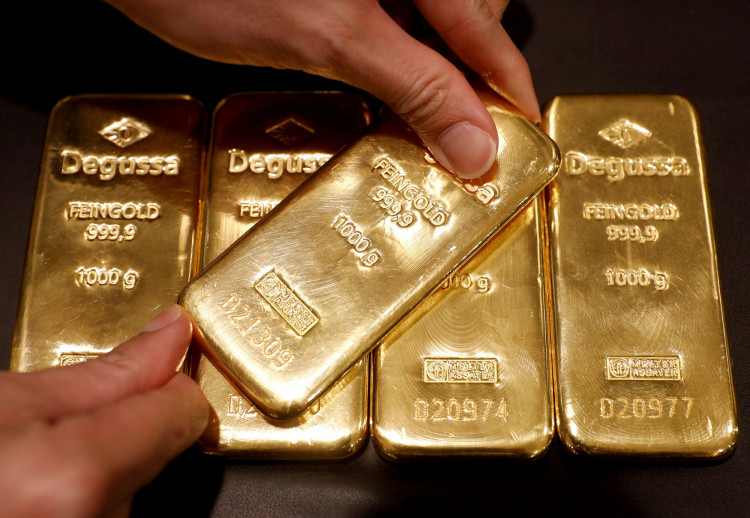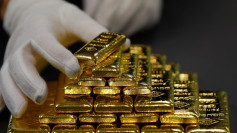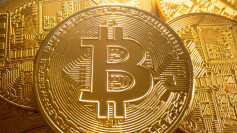China's strategic acquisitions of gold have marked an 18th consecutive month of purchase by the People's Bank of China (PBOC), despite the diminishing pace of buying due to unprecedented high prices. April saw the PBOC acquire 60,000 troy ounces, a notable decrease from the 160,000 ounces bought in March and 390,000 ounces in February. This trend underscores a broader pattern where, despite the soaring prices, China's central bank continues to be one of the bullion market's most significant buyers since 2022.
The first quarter of the year saw record-breaking purchases from global central banks, with China leading the charge. The World Gold Council has highlighted these months as the strongest on record for gold acquisition by these institutions. This surge in buying activity correlates with a 12% increase in gold prices this year, attributed in part to unidentified buyers among these central banks.
Researchers at Goldman Sachs Group Inc. suggest that "Emerging market central banks drive the gold rush." They note that bullion holdings are currently at 6% of reserves at these banks, which is only half the level seen in developed markets. This implies a substantial potential for further acquisitions as these economies continue to diversify their reserves.
Meanwhile, the consumer market in China has also shown a robust increase in gold demand. The China Gold Association reports a 6% rise in gold consumption in the first quarter compared to last year, continuing a trend from the previous year's 9% increase. This heightened demand is largely a response to diminished confidence in traditional investments like real estate and stocks, compounded by the nation's ongoing economic challenges.
Ross Norman, CEO of MetalsDaily.com, points out the substantial impact of Chinese buyers on the market, stating, "China is unquestionably driving the price of gold. The flow of gold to China has gone from solid to an absolute torrent." This influx is a clear indication of the significant weight that Chinese consumption has in the global gold market.
The economic dynamics fostering this trend include ongoing geopolitical tensions in regions like Ukraine and the Middle East, which have traditionally bolstered gold's status as a safe-haven asset. Moreover, the consistent reduction in China's holdings of U.S. debt in favor of gold further emphasizes a strategic pivot towards more secure assets.
Despite the Federal Reserve's signals to maintain elevated interest rates, which typically would diminish the appeal of non-yielding assets like gold, the price of gold has continued its ascent. In the recent month, gold prices reached as high as $2,400 per ounce, although they have since retracted to around $2,300 per ounce. This price movement suggests a decoupling of gold from traditional economic indicators, with Chinese market dynamics playing a pivotal role.
The robust dollar has also failed to dampen gold's allure, highlighting a shift in market dynamics where traditional economic principles appear to have less sway over gold's valuation. This change is partly attributed to the large-scale entry of Chinese investors into the gold market, driven by a lack of viable alternatives and an economy struggling with multiple sectors.
As China's influence in the gold market continues to grow, it's evident that both its central bank and its consumers are setting new precedents in the valuation and demand for gold. This dual role of strategic buyer and consumer powerhouse showcases China's complex and pivotal role in the global gold market dynamics.






